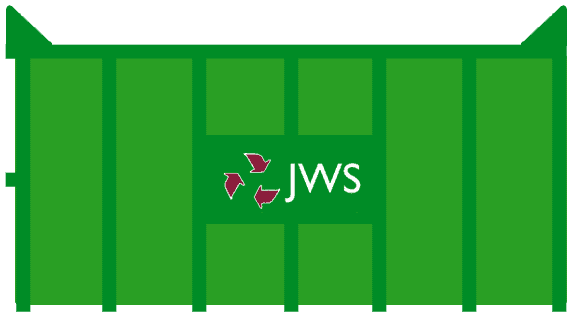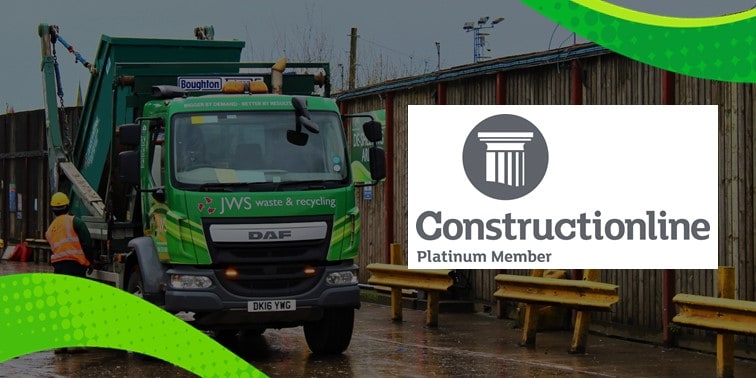Is The DMR Era Coming To An End – Part Two
The Pitfalls of DMR
With the need for higher-quality materials increasing, the pitfalls of DMR as a waste stream are more exposed than ever before. The two major pitfalls that could contribute to the DMR era coming to an end are the contamination/poor quality of DMR loads and also the existing need for segregation.
Contamination / Quality Control
The definition of DMR varies for each waste company. Whilst materials such as paper, card, plastic and metal are common inclusions, there is no grade definition or quality control applied to DMR as an industry standard.
A constant cause of contention for waste companies – DMR services are also riddled with contamination problems. When DMR loads are contaminated by other waste streams, it impacts both the costs for the waste producer and also the recovery value of recyclates.
We believe that the root cause of DMR contamination is a lack of understanding of what materials actually qualify as DMR. Whilst most waste companies have been tackling the issue for years, with the use of training, education posters and signage, contamination is still an ongoing issue.
When dealing with single waste streams, the differentiation is much more clear-cut whereas having a mixed stream for recyclates, this can lead to more confusion on what does/doesn’t count as DMR.
In many cases, DMR waste loads can become too contaminated to be fully recycled. In situations like this, the waste is typically classed as a ‘light waste’ or just general waste. Then rather than being recycled, the materials are sent on for energy recovery or, worst case, landfill disposal.
DMR requires segregation and processing
One of the biggest selling points of DMR to waste producers is that they’re not required to segregate individual waste streams to ensure their materials are recycled. Having one waste stream for all recyclates instead gave waste companies the responsibility of segregating materials via Materials Recycling Facilities (MRFs).
However, whilst a DMR bin was originally a cheaper alternative to general waste, there are still additional costs involved to cover the processing of the waste materials. Over time, costs for DMR services have risen due to the contamination issues and the required processing of DMR and these prices risk rising more so over time.
In addition, with the contamination and quality issues that arise from DMR loads, the recovered materials from MRF’s are often not at a high-enough quality for recycling processors and are instead classified as ‘light loads’ or just general waste, and this increases the charge for waste processors.
In a way, this negates the idea of segregating DMR from general waste, which is a huge step back for the waste industry, and ultimately makes us question whether DMR really is a sustainable solution for the future.
Sign Up to the JWS Blog
About JWS Waste
Here at JWS, we’re all about sustainability and quality. For over 30 years we’ve helped 100’s of customers with waste management solutions. Find out more about our story.
We want to help you find a waste service that gives you the best results for your business – cutting down costs on disposal and improving your environmental impact.




